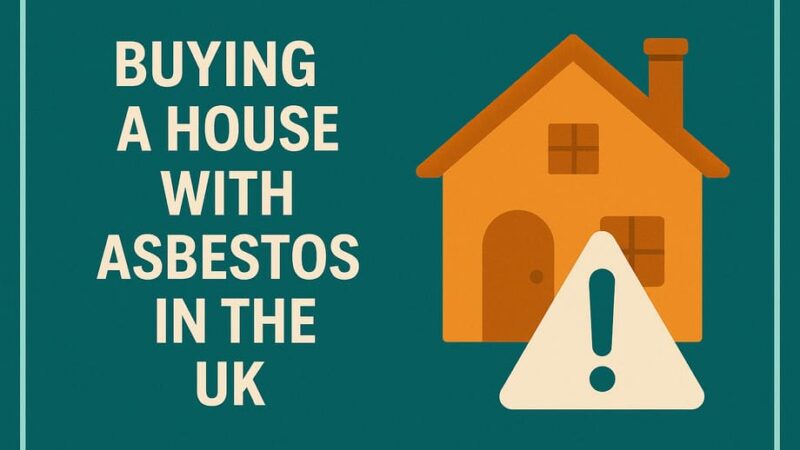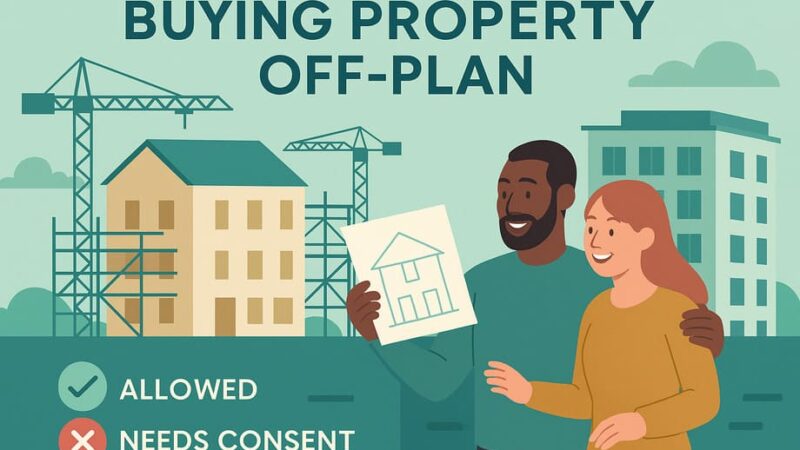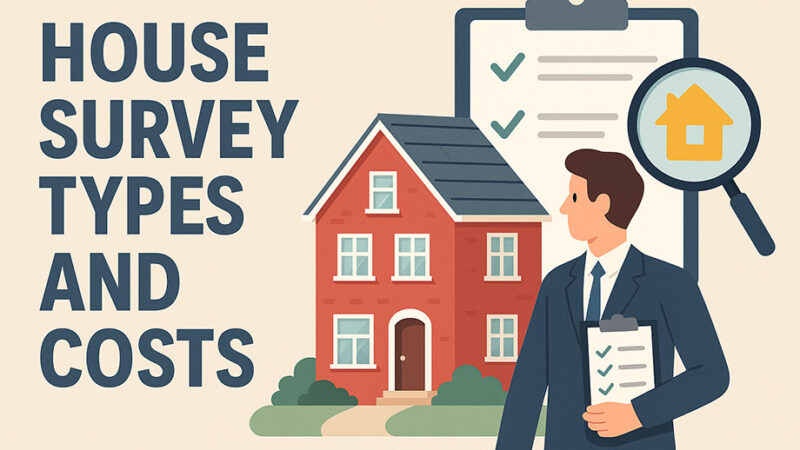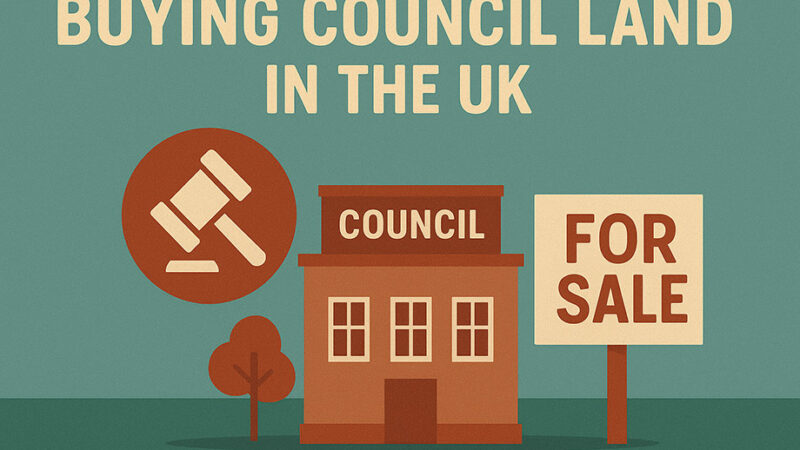The Complete Guide to Stamp Duty – What It Is, When to Pay, and How to Navigate the System
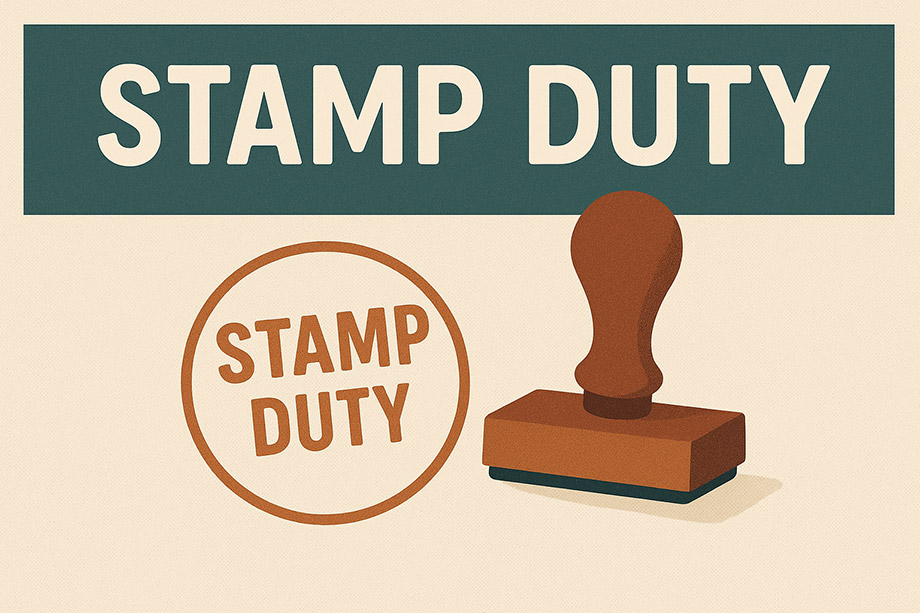
Whether you’re a first-time buyer stepping onto the property ladder or an experienced investor expanding your portfolio, understanding stamp duty is crucial for making informed property decisions. This comprehensive guide breaks down everything you need to know about Stamp Duty Land Tax (SDLT), from the basics to advanced strategies that could save you thousands.
What Is Stamp Duty? A Clear Explanation
Stamp Duty Land Tax (SDLT), commonly referred to as “stamp duty,” is a government tax you pay when you buy houses, flats and other land and buildings over a certain price in the UK. According to HM Revenue and Customs (HMRC), this tax specifically applies to property purchases in England and Northern Ireland. Think of it as a transaction fee that the government charges when you buy a house, flat, or piece of land above certain value thresholds.
The tax operates on a tiered system, similar to income tax, where you pay different rates on different portions of the purchase price. This means you don’t pay the same rate on the entire property value – instead, you pay progressively higher rates as the price increases.
Key Facts About Stamp Duty:
- Only applies to properties over £125,000 (with special rules for first-time buyers)
- Covers both residential and commercial properties
- Applies to freehold and leasehold purchases
- Different regions have their own versions (Scotland has LBTT, Wales has LTT)
- The buyer, not the seller, is responsible for payment
Understanding the Current Stamp Duty Rates
The stamp duty system uses a progressive tax structure with several bands. According to the official government rates published on GOV.UK, here’s how it works for residential properties:
Important Note: The current rates shown below are part of a temporary increase that was introduced in September 2022. These enhanced thresholds are scheduled to end on 31 March 2025, after which rates will revert to previous levels.
Standard Residential Rates (Current until 31 March 2025):
- £0 to £125,000: 0% (no tax)
- £125,001 to £250,000: 2%
- £250,001 to £925,000: 5%
- £925,001 to £1.5 million: 10%
- Over £1.5 million: 12%
First-Time Buyer Relief (Current until 31 March 2025):
First-time buyers benefit from more generous thresholds under the temporary measures:
- £0 to £425,000: 0% (no tax)
- £425,001 to £625,000: 5%
- Above £625,000: Standard rates apply (relief is lost entirely)
Note: These enhanced thresholds for first-time buyers are part of temporary measures. The standard nil-rate threshold was increased from £300,000 to £425,000, and the maximum property value eligible for relief was increased to £625,000.
Additional Property Surcharge:
If you’re buying a second home, buy-to-let property, or already own another property, you’ll pay an additional 3% on top of the standard rates across all bands.
When Do You Pay Stamp Duty? Timeline and Process
Understanding when stamp duty is due can help you plan your finances and avoid penalties. According to official HMRC guidance, here’s the complete timeline:
Payment Deadline
You must submit a return and pay any stamp duty within 14 days of the ‘effective date’ of the transaction. As stated in the official government guidance, this is usually the date the transaction is completed, but it can also be the date when the purchaser is entitled to take possession of the property.
The Payment Process
Most buyers don’t handle stamp duty payments directly. Here’s how it typically works according to standard conveyancing practice:
- Before Completion: Your solicitor or conveyancer calculates the exact amount owed
- Pre-Completion: You transfer the stamp duty amount to your solicitor along with other completion funds
- Completion Day: Your solicitor submits the SDLT return and pays the tax to HMRC on your behalf
- Post-Completion: You receive confirmation that the payment has been processed
Important Considerations:
- Budget Early: Include stamp duty in your initial property budget calculations
- Cash Flow Planning: Ensure you have sufficient funds available before completion
- Professional Help: Most solicitors handle this automatically, but verify this service is included
- Penalty Avoidance: Late payments incur penalties and interest charges
Stamp Duty Exemptions and Reliefs: Potential Savings
Several reliefs and exemptions can significantly reduce your stamp duty bill. Understanding these could save you thousands of pounds.
First-Time Buyer Relief
This is the most significant relief available, potentially saving up to £11,250. To qualify:
- You must never have owned a residential property anywhere in the world
- The property must be your main residence
- Maximum property value for any relief is £625,000
Multiple Dwellings Relief
If you’re buying multiple properties in a single transaction, you may be able to claim relief that reduces the overall tax burden.
Shared Ownership Relief
Those buying through shared ownership schemes may qualify for reduced stamp duty, calculated only on the portion being purchased rather than the full property value.
Corporate and Investment Reliefs
Various reliefs exist for companies and investors, including:
- Disadvantaged areas relief
- Charitable reliefs
- Corporate reconstruction relief
Common Stamp Duty Scenarios and Calculations
Let’s explore some real-world examples to illustrate how stamp duty works in practice:
Example 1: First-Time Buyer
Property Price: £350,000 Stamp Duty: £0 (covered by first-time buyer relief) Savings: £5,000 compared to standard rates
Example 2: Standard Purchase
Property Price: £400,000 Calculation:
- £0 to £125,000: £0
- £125,001 to £250,000: £2,500 (2% of £125,000)
- £250,001 to £400,000: £7,500 (5% of £150,000) Total Stamp Duty: £10,000
Example 3: Additional Property Purchase
Property Price: £400,000 Standard Calculation: £10,000 Additional Property Surcharge: £12,000 (3% of £400,000) Total Stamp Duty: £22,000
Strategic Considerations for Stamp Duty Planning
Smart property buyers can employ several strategies to minimize their stamp duty liability legally and effectively.
Timing Your Purchase
- First-Time Buyer Status: Ensure you understand what constitutes “first-time buyer” status
- Completion Timing: Consider timing completions to take advantage of any policy changes
- Multiple Purchase Strategy: Sometimes splitting purchases can be more tax-efficient
Property Selection Considerations
- Price Thresholds: Properties just below major thresholds can offer significant savings
- Mixed-Use Properties: Different rules apply to properties with commercial elements
- New Build Considerations: Some new builds may qualify for specific reliefs
Professional Advice Value
Given the complexity of stamp duty rules and the substantial amounts involved, professional advice can often pay for itself through:
- Identifying applicable reliefs
- Structuring purchases efficiently
- Ensuring compliance with all requirements
- Maximizing available exemptions
Regional Variations: Scotland and Wales
While this guide focuses on England and Northern Ireland, it’s worth noting that Scotland and Wales operate their own property transaction taxes:
Scotland (LBTT)
Land and Buildings Transaction Tax operates with different rates and thresholds, generally more favorable for lower-value properties.
Wales (LTT)
Land Transaction Tax has its own rate structure and rules, which can differ significantly from SDLT.
Future Changes and What to Watch
Critical Update: According to official government announcements, the current temporary increase to stamp duty thresholds is scheduled to end on 31 March 2025. After this date, the thresholds will revert to their previous levels, meaning:
- Standard nil-rate threshold will reduce from £250,000 back to £125,000
- First-time buyer relief will reduce from £425,000 back to £300,000
- Maximum property value for first-time buyer relief will reduce from £625,000 back to £500,000
This means that any property transaction completing after 31 March 2025 will be subject to higher stamp duty rates. Buyers should factor this into their purchase timelines.
Other Areas to Monitor:
- Rate Changes: Governments frequently adjust rates and thresholds
- Additional Property Surcharges: Rules around second homes continue to evolve
- Regional Variations: Different regions may implement varying approaches
Government Resources and Official Information
For the most up-to-date information and official guidance on stamp duty, refer to these government sources:
- GOV.UK Stamp Duty Overview: https://www.gov.uk/stamp-duty-land-tax
- Current Rates and Allowances: https://www.gov.uk/government/publications/rates-and-allowances-stamp-duty-land-tax
- Payment Guidance: https://www.gov.uk/guidance/pay-stamp-duty-land-tax
- SDLT Returns: https://www.gov.uk/guidance/stamp-duty-land-tax-online-and-paper-returns
- Higher Rates Information: https://www.gov.uk/guidance/stamp-duty-land-tax-buying-an-additional-residential-property
Conclusion: Making Informed Property Decisions
Understanding stamp duty is essential for anyone entering the property market. While the tax can represent a significant cost, proper planning and understanding of available reliefs can help minimize the burden.
Remember that stamp duty is just one component of property purchase costs. Factor it into your overall budget alongside surveys, legal fees, mortgage arrangement fees, and removal costs to get a complete picture of your financial requirements.
For complex situations or high-value transactions, professional advice from a qualified solicitor or tax advisor is invaluable. They can help navigate the rules, identify potential savings, and ensure full compliance with all requirements.
The property market and tax landscape continue to evolve, so staying informed about changes and seeking professional guidance when needed will help you make the most cost-effective property decisions for your circumstances.
Last Updated on July 23, 2025 by James Cartwright


